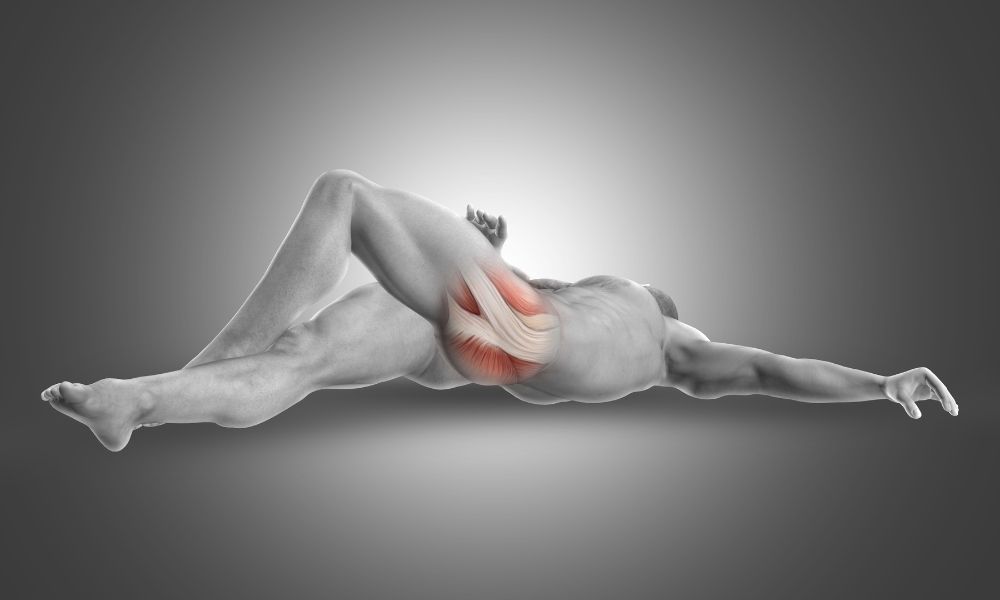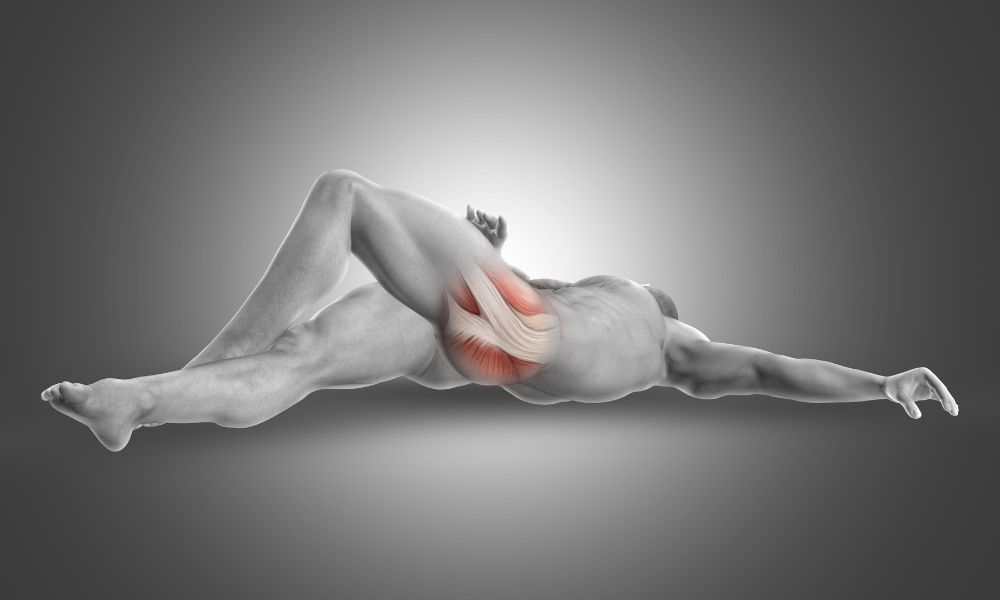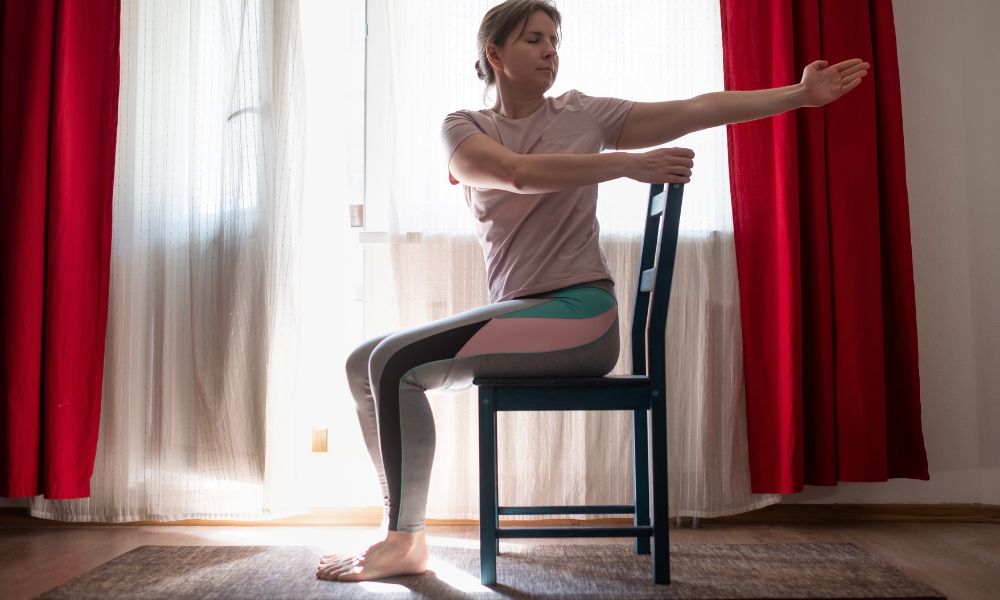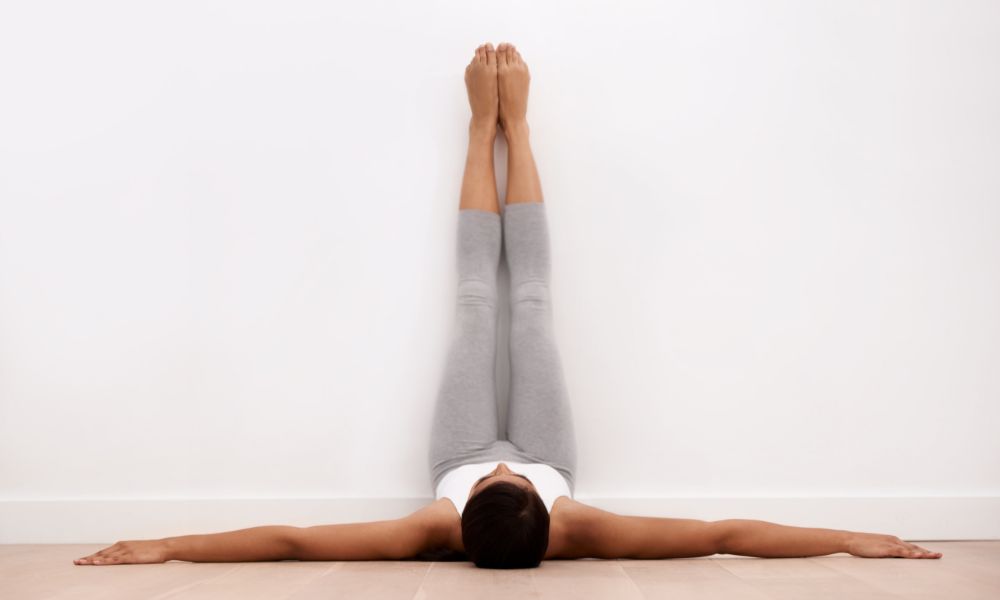
Dealing with the excruciating pain of sciatica can greatly impact your daily life and mobility. Fortunately, there are exercises specifically designed to target and alleviate sciatic nerve pain.
In this article, we will explore seven effective exercises that have been supported by scientific studies, providing evidence of their efficacy in providing relief and helping you regain control over your body and activities.
These exercises focus on stretching, strengthening, and releasing tension in the affected areas, providing much-needed relief from sciatica nerve pain.
Benefits of Exercises and Stretching for Sciatica Pain Relief
Engaging in specific exercises and stretching routines can bring several benefits to individuals suffering from sciatica pain. Scientific studies have shown the effectiveness of these approaches in relieving symptoms and promoting recovery. Here are some key advantages supported by research:
Reduced Compression
A study published in the Journal of Back and Musculoskeletal Rehabilitation found that targeted exercises aimed at decompressing the sciatic nerve were effective in reducing pain and improving functional outcomes in patients with sciatica.
By stretching and strengthening the surrounding muscles, these exercises create space and relieve pressure on the nerve, leading to reduced pain and discomfort.
Improved Flexibility
Research published in the European Spine Journal demonstrated that regular stretching exercises improved flexibility and range of motion in patients with chronic low back pain, including those with sciatica.
Increased flexibility can help prevent muscle imbalances, reduce muscle tension, and improve overall mobility, making it easier to perform daily activities without aggravating the pain.
Enhanced Core Stability
A study conducted at the University of Colorado found that core stabilization exercises significantly reduced pain and disability in patients with chronic low back pain, including those with sciatica.
By strengthening the core muscles, including the abdominal and back muscles, these exercises provide better support and stability to the spine, reducing the strain on the lower back and alleviating sciatic nerve pain.
Postural Improvement
Correcting postural imbalances plays a crucial role in managing sciatica pain.
A systematic review published in the European Journal of Pain concluded that exercise interventions focusing on posture correction were effective in reducing pain intensity and disability in patients with chronic low back pain, including those with sciatica.
Targeted exercises and stretching routines can help correct imbalances and reduce the strain on the spine, leading to postural improvement and relief from sciatica pain.
Increased Blood Flow and Healing
Research published in the Journal of Manipulative and Physiological Therapeutics demonstrated that exercise interventions increased blood flow to the lumbar region, enhancing the delivery of oxygen and nutrients to the affected area.
Improved blood flow can aid in the healing process, reduce inflammation around the sciatic nerve, and promote recovery.
Consideration
These scientific studies provide evidence for the benefits of exercises and stretching in relieving sciatica pain and promoting overall well-being. However, it is important to note that exercises and stretching should be performed under the guidance of a healthcare professional or a certified fitness instructor.
They can provide individualized recommendations based on your specific condition and fitness level to ensure safe and effective implementation.
Incorporating a consistent exercise and stretching routine into your daily life, as supported by scientific research, can bring significant relief from sciatica pain, enhance your overall well-being, and promote long-term recovery.
Remember to listen to your body, start with gentle movements, and gradually progress as your tolerance and strength improve. Always prioritize your safety and consult with a healthcare professional for personalized advice and guidance.
7 Best Exercises and Stretches for Sciatica Pain Relief

You’ll also like:
The Single Best Stretch You Can Do for Piriformis Pain (Syndrome)
3 Simple Stretches To Get Rid of Sciatica, Hip, and Lower Back Pain
Piriformis Stretch

A study published in the European Spine Journal found that targeted stretching of the piriformis muscle can help reduce sciatica symptoms by relieving the compression on the sciatic nerve. This exercise involves lying on your back, crossing one leg over the other, and gently pulling the knee towards your chest.
Hamstring Stretch
Tight hamstrings have been linked to sciatica pain. A study published in the Journal of Orthopaedic & Sports Physical Therapy demonstrated that hamstring stretching can significantly improve symptoms and reduce pain associated with sciatica.
Sit on the edge of a chair with one leg extended in front of you and lean forward to stretch the hamstring.
Cat-Camel Stretch

The cat-camel stretch helps improve flexibility and reduce tension in the lower back. A study published in the Journal of Physical Therapy Science showed that this exercise can effectively decrease pain and improve lumbar range of motion in individuals with low back pain, including sciatica.
Bird Dog Exercise
Research published in the Journal of Exercise Rehabilitation highlighted the effectiveness of the bird dog exercise in improving core stability and reducing pain in individuals with chronic low back pain, including sciatica. This exercise involves extending one arm forward while extending the opposite leg backward.
Seated Spinal Twist

A study published in the Journal of Manipulative and Physiological Therapeutics demonstrated that spinal twist exercises can lead to improved lumbar mobility and reduced pain in patients with low back pain, including those with sciatica. Sit on a chair and twist your upper body towards one side.
Wall Hamstring Stretch

The wall hamstring stretch is supported by a study published in the Journal of Orthopaedic & Sports Physical Therapy, which found that this exercise effectively improves hamstring flexibility and reduces symptoms of sciatica. Lie on your back with your buttocks against a wall and extend your legs up against the wall.
Bridge Exercise
A study published in the Journal of Physical Therapy Science revealed that bridge exercise can enhance core stability and reduce pain in patients with chronic low back pain, including sciatica. Lie on your back with your knees bent and lift your hips off the ground to form a straight line.
Conclusion
By incorporating these seven scientifically supported exercises into your daily routine, you can significantly alleviate sciatica nerve pain, improve flexibility, and enhance your overall quality of life. Scientific studies have shown their effectiveness in reducing pain, improving mobility, and promoting core stability.
Remember to consult with your healthcare professional before starting any new exercise program, and listen to your body, gradually increasing the intensity as you feel comfortable.
By dedicating time and effort to these exercises, you can take a significant step towards finding relief from sciatica nerve pain and restoring your freedom of movement.


